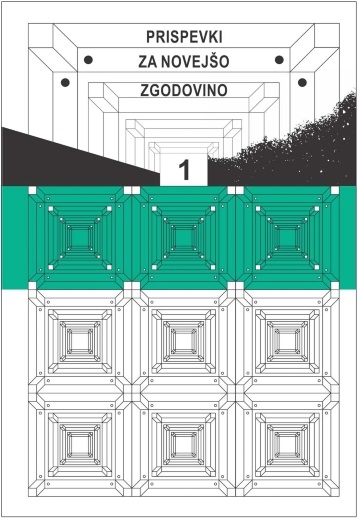Oblikovanje vojne strategije med političnimi dejavniki po okupaciji Slovenije in njihova (ne)pripravljenost za skupen nastop
The Formation of the Wartime Strategy Among the Political Actors After the Occupation of Slovenia and their (un)Readiness for Joint Action
Author(s): Bojan GodešaSubject(s): Politics, History of ideas, Military history, Political history, WW II and following years (1940 - 1949)
Published by: Inštitut za novejšo zgodovino
Keywords: Slovenia; World War II; occupation; Communist Party of Slovenia; political parties; democracy; ideology;
Summary/Abstract: In the following contribution the author focuses on the formation of the wartime strategy among the political actors after the occupation and division of the Slovenian territory as well as their reluctance to agree on a joint action. After 22 June 1941 all Slovenian political groups had to face new challenges and were forced to (re)form their strategies. New political relations were established, and two views gradually formed. One of these argued for passivity (the leaderships of the pre–war legal parties), while the other encouraged an active attitude (various heterogeneous opposition groups), believing that the pre–war party elite should retreat from the political life. In the situation arising after the occupation, the Slovenian communists were the most resourceful group. Their strategy was based on the armed resistance against the occupiers, so they became the victors of the initial positioning of forces. The initial transformation from a small illegal party into a mass resistance movement organised within the Liberation Front represented an important step towards the post–war takeover of power, even though the strategy was formed gradually.
Journal: Prispevki za novejšo zgodovino (before 1960: Prispevki za zgodovino delavskega gibanja)
- Issue Year: 51/2011
- Issue No: 1
- Page Range: 167-184
- Page Count: 18
- Language: Slovenian

